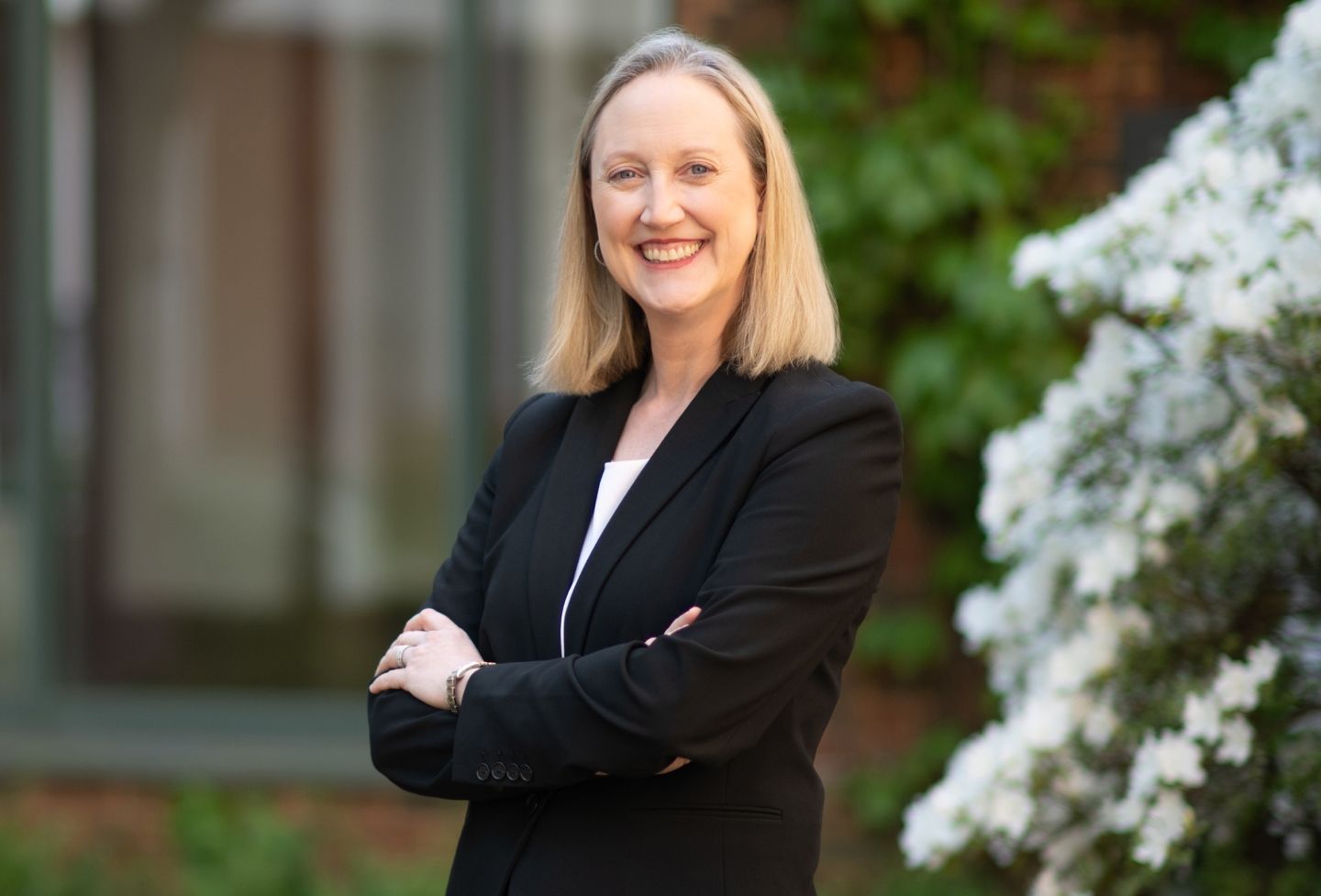Abraham Authors Book on History of Torts, Insurance
The histories of tort and insurance law are inextricably intertwined, a Law School professor writes in a new book published by the Harvard University Press.

In "The Liability Century: Insurance and Tort Law From the Progressive Era to 9/11," Kenneth Abraham, David and Mary Harrison Distinguished Professor of Law, explores the relationship between the two areas of the law.
"I've been teaching tort law and insurance for over 30 years, and the two are very closely connected," Abraham said. "But no one has ever really told the story of the way they grew up together and influenced each other in any kind of detail."
Professor Adam Scales of Washington & Lee University School of Law reviewed Abraham's book for an upcoming edition of the Virginia Law Review, and described it as a fresh look at two areas of the law that aren't always analyzed together.
"The fact is that the people who tend to write about insurance and the people who tend to write about torts don't tend to be the same people, and for that reason this book is a very useful contribution," Scales said.
Abraham found that tort law, which governs whether a person can sue over personal injury, and the modern insurance system could not have evolved to their present states without each other.
But though the development of these two areas was connected, it wasn't a cart-and-horse relationship, he said. In some cases, tort law came first and the insurance followed. In other cases, tort law followed the lead of insurance.
"There were different explosions," he said. "Liability insurance wasn't introduced in this country until the 1880s, and that was just about the point at which the incidence of accidental injury was increasing."
Tort law began by addressing mostly workplace and transportation accidents: injuries on the factory floor, injuries involving trolley cars and railroads, Abraham said. But after the automobile was invented and popularized, there was a tremendous increase in injuries associated with driving, and automobile insurance grew up to cover automobile accident injuries.
"Then in the 1960s you had an expansion of product liability, and insurance was there to cover that. So there were different moments when different kinds of injury and different kinds of liability and insurance became important."
Scales said Abraham's book shows that it's impossible to think about meaningful tort reform or achieve a true understanding of the existing tort system without also considering insurance.
"[Abraham] is able to draw the two together in a very systematic way, and I find that very interesting," he said.
The book, Abraham's fifth, is primarily an academic text - a work of scholarship - that can also be used as a teaching tool and as a reference for experts in the field, he said.
"I think anyone who has an opinion about how the tort system works should read his book," Scales said.
Founded in 1819, the University of Virginia School of Law is the second-oldest continuously operating law school in the nation. Consistently ranked among the top law schools, Virginia is a world-renowned training ground for distinguished lawyers and public servants, instilling in them a commitment to leadership, integrity and community service.


